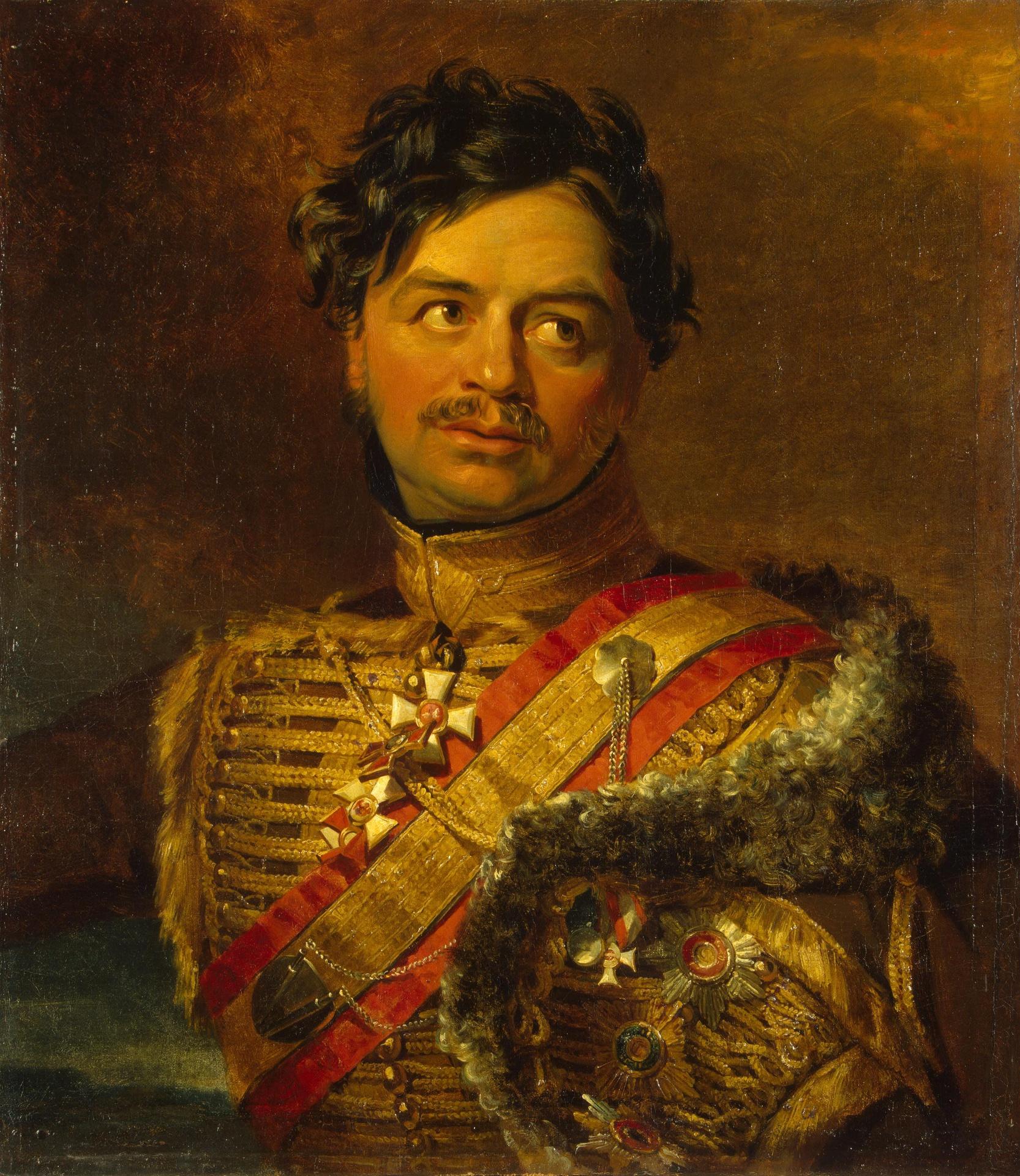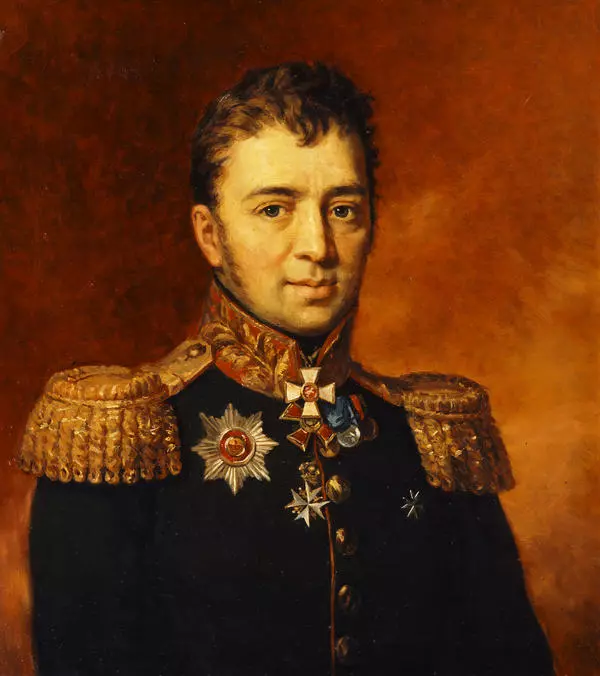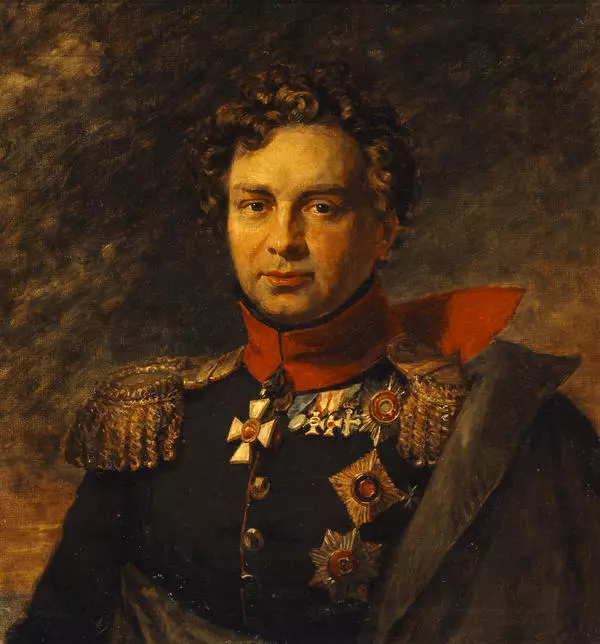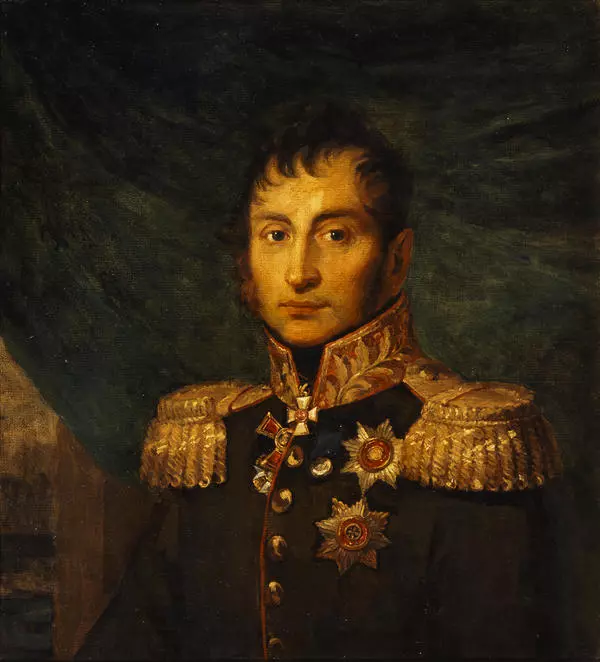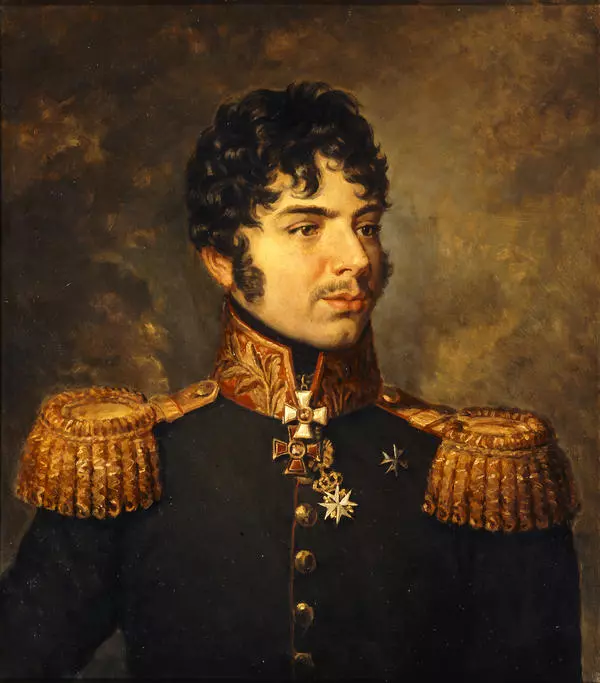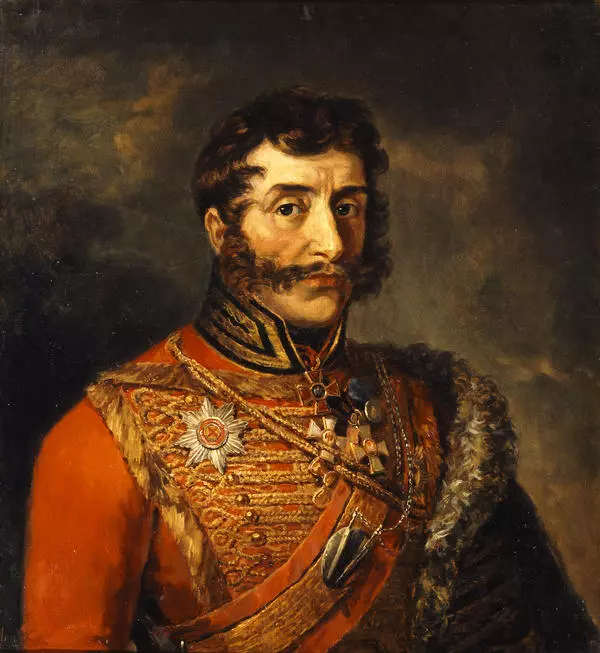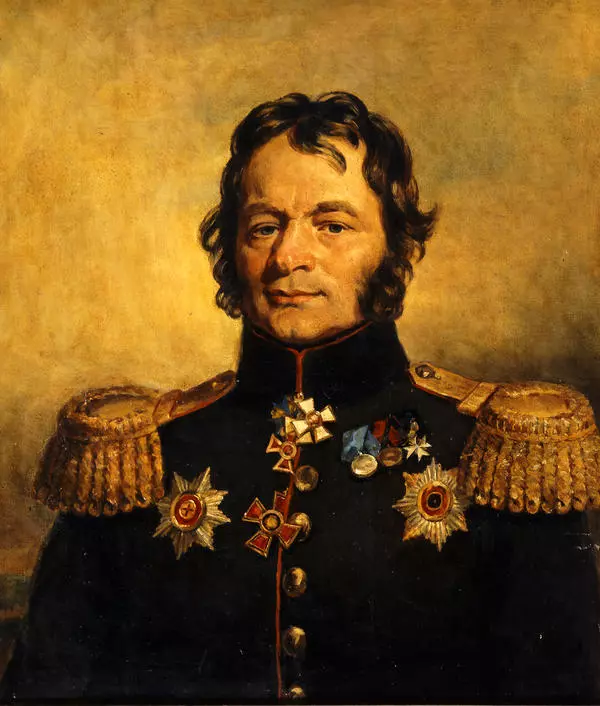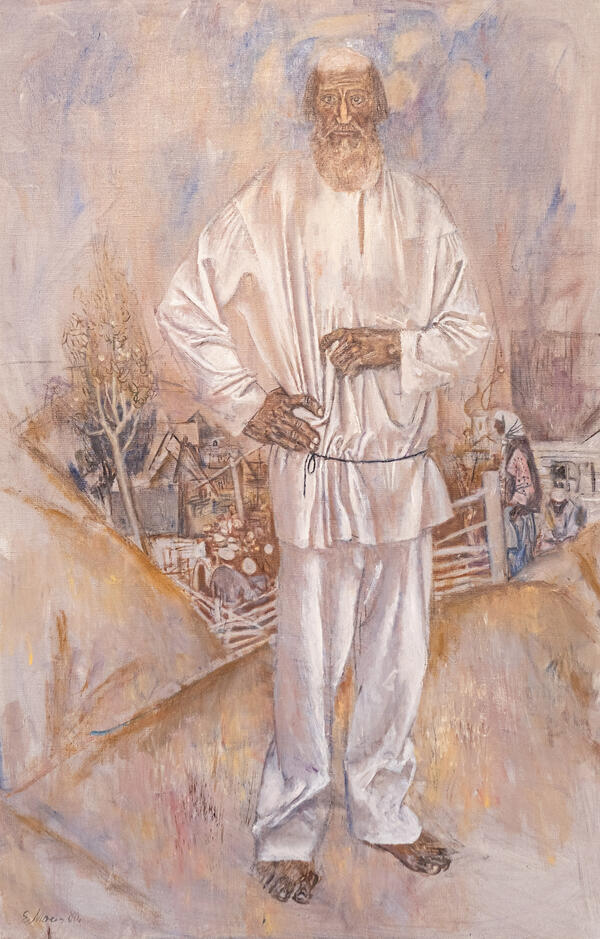Illarion Vasilchikov came from the Pskov nobles. At birth, he was enlisted as a private in the Life Guards Izmailovsky Regiment, but in fact he joined the Life Guards Horse Regiment, where in 1793 he became a cornet. In 1799, the young man was granted the rank of Active Chamberlain of the Court.
As early as in 1801, Vasilchikov became a major general and was granted the rank of Adjutant General. In 1803 he was appointed the chief of the Akhtyr Hussar Regiment. For the distinguished service in the campaigns against Napoleon in 1805–1807, Vasilchikov was granted the orders of St. Anne, 1st degree, and St. Vladimir, 3rd degree.
In 1811, the general was appointed brigade commander of the 4th reserve cavalry corps. At the beginning of the War of 1812, the brigade took part in the battles at Romanov, Saltanovka and Smolensk.
Vasilchikov served in the cavalry for many years, but on the eve of the battle of Borodino he was unexpectedly appointed the commander of the 12th Infantry Division. He was to lead infantry regiments at the key point of defense of the Russian troops, Raevsky battery, also known as the Kurgan battery. He successfully coped with this challenging task, despite his wound. As a reward, he was promoted to the rank of Lieutenant General.
As the Commander of the 4th Cavalry Division, Vasilchikov fought at Tarutino, Maloyaroslavets, Vyazma, Krasny and the Berezin River. For the outstanding services in the campaign of 1812, he was awarded the Order of St. George, 3rd class.
The Lieutenant General participated in the Overseas Campaigns of 1813–1814. He distinguished himself in the Battle of Katzbach, and he received the Order of St. Alexander Nevsky for the Battle of the Peoples near Leipzig. In 1814, he successfully fought in the battles of Brienne and La Rothiere.
In the 1820s, a portrait of General Vasilchikov was painted in the studio of English artist George Dawe in St. Petersburg for the Military Gallery of the Winter Palace. The gallery was opened in 1826, and it included over three hundred portraits of military leaders and heroes of the Patriotic War of 1812.
In 1831, Illarion Vasilchikov received the title of Count and, eight years later, the title of Prince. He distinguished himself in the public service as well: he was a member and, later, the chairman of the Council of State, a member of the Secret Committee on State Reforms. In 1833, Vasilchikov became the inspector general of the cavalry and in 1838, the Chairman of the Committee of Ministers. He was also the closest councilor to the court of Nicholas I.
As early as in 1801, Vasilchikov became a major general and was granted the rank of Adjutant General. In 1803 he was appointed the chief of the Akhtyr Hussar Regiment. For the distinguished service in the campaigns against Napoleon in 1805–1807, Vasilchikov was granted the orders of St. Anne, 1st degree, and St. Vladimir, 3rd degree.
In 1811, the general was appointed brigade commander of the 4th reserve cavalry corps. At the beginning of the War of 1812, the brigade took part in the battles at Romanov, Saltanovka and Smolensk.
Vasilchikov served in the cavalry for many years, but on the eve of the battle of Borodino he was unexpectedly appointed the commander of the 12th Infantry Division. He was to lead infantry regiments at the key point of defense of the Russian troops, Raevsky battery, also known as the Kurgan battery. He successfully coped with this challenging task, despite his wound. As a reward, he was promoted to the rank of Lieutenant General.
As the Commander of the 4th Cavalry Division, Vasilchikov fought at Tarutino, Maloyaroslavets, Vyazma, Krasny and the Berezin River. For the outstanding services in the campaign of 1812, he was awarded the Order of St. George, 3rd class.
The Lieutenant General participated in the Overseas Campaigns of 1813–1814. He distinguished himself in the Battle of Katzbach, and he received the Order of St. Alexander Nevsky for the Battle of the Peoples near Leipzig. In 1814, he successfully fought in the battles of Brienne and La Rothiere.
In the 1820s, a portrait of General Vasilchikov was painted in the studio of English artist George Dawe in St. Petersburg for the Military Gallery of the Winter Palace. The gallery was opened in 1826, and it included over three hundred portraits of military leaders and heroes of the Patriotic War of 1812.
In 1831, Illarion Vasilchikov received the title of Count and, eight years later, the title of Prince. He distinguished himself in the public service as well: he was a member and, later, the chairman of the Council of State, a member of the Secret Committee on State Reforms. In 1833, Vasilchikov became the inspector general of the cavalry and in 1838, the Chairman of the Committee of Ministers. He was also the closest councilor to the court of Nicholas I.


